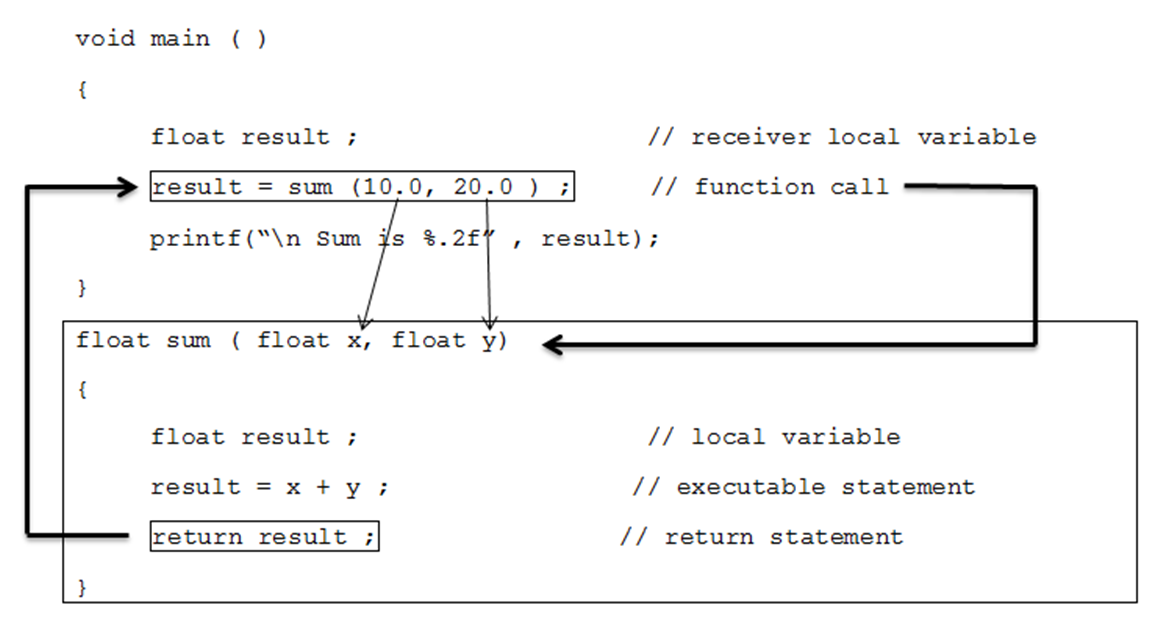

The function is defined as you see, function degrees radians2degrees(radians) degrees radians(180/pi) endfunction Here degrees is the output parameter and radians is the input parameter to the function named radians2degrees. Nyquist plots are needed to analyse the Stability Criteria. I have already saved this function in a file function.sci using the scilab editor. The transfer function passed to the nyquist command can be a continuous or a discrete time SIMO linear dynamical system.

Title("Nyquist Plot Example") // Add a title and label axis There is an inbuilt command to generate Nyquist plots such as this example Title("Bode Plot Example") // Add a title To generate the above use the following Scilab code:į = 0.1:100 // Set-up the frequency range we want There is an inbuilt command to generate Bode plots such as this example State space representations can be used in place of Laplace representation.Ī discrete time simulation function is also available called 'dsimul' which can be applied to state space equations. The third parameter ("TF" in the example) is the SIMO linear system to apply the simulation too.

#Call a function with no parameter scilab code
Which is produced using the following Scilab code If we subject the example transfer function to a unit step test we get: Step responses are a standard way to represent a dynamic system and to visualize the function. Clean removes rounding errors and is recommended. TFx = clean(ss2tf(SS)) // SS -> TF conversion. Scilab has a functions to perform the necessary conversions.Ĭonversion to state space is achieved via:Īnd to convert back to transfer functions you can use: This transfer function will be used in subsequent demonstrations on this page.Ĭonverting Transfer Functions to/from State Space TF = syslin("c", (5*s + 10) / (s^2 +4*s +5)) // Define the linear continuous transfer function S = poly(0,'s') // Define the complex number frequency parameter. This is created in the Scilab console by the following: 1.2 Converting Transfer Functions to/from State SpaceĬlassical Control Methods Transfer Functions Ĭonsider the following 2nd order transfer function:.


 0 kommentar(er)
0 kommentar(er)
